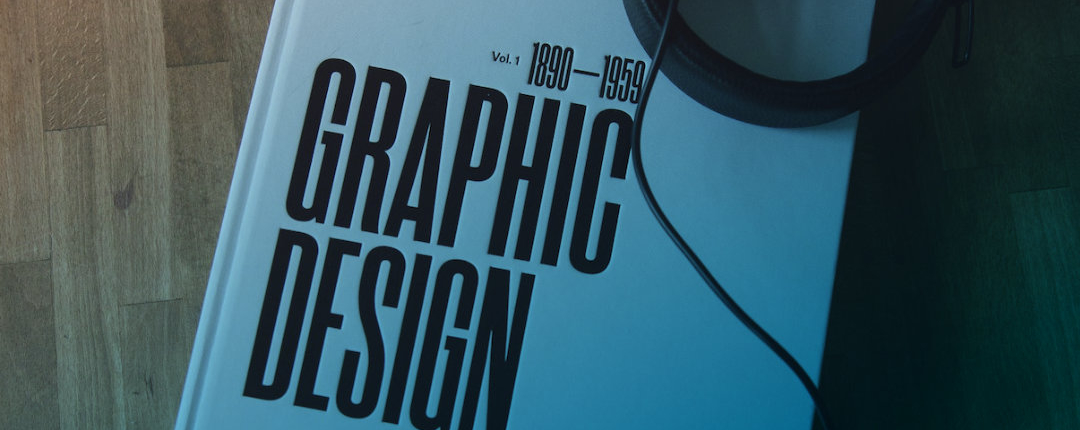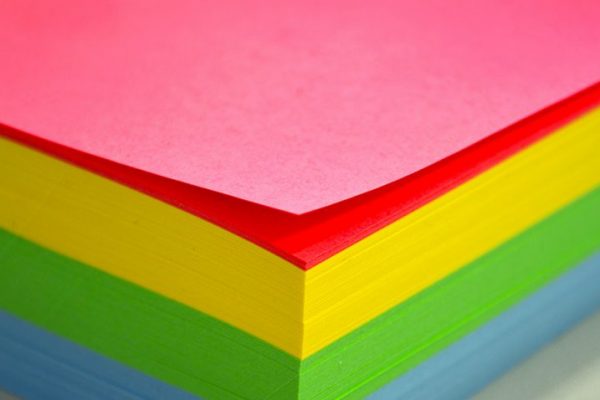Mastering the art of typography and layout communication

Effective communication is at the heart of every successful design project. As a designer, I believe that typography and layout play a pivotal role in conveying a brand’s message and engaging its audience.
In this blog, I’ll share my approach to mastering the art of typography and layout communication to create visually compelling and impactful designs.
Mastering the art of typography and layout. Before diving into typography and layout decisions, it’s crucial to grasp the project’s purpose and target audience. Whether it’s a website, brochure, or social media graphics, each platform demands a distinct visual language.
The choice of typeface significantly influences the overall tone of the design. From classic serifs to modern sans-serifs, each typeface communicates a unique personality. I ensure the chosen typeface is legible, aligns with the brand’s identity, and gives a seamless reading experience.
Clear typographic hierarchy is essential to guide the viewer’s eye and emphasise key information. I communicate hierarchy through font sizes, weights, and styles. By highlighting important content and organising information in a logical flow, I help the audience navigate the design effortlessly, enhancing user experience and message retention.
White space is a powerful design element that aids readability and visual balance. I emphasise the significance of whitespace during the communication process, illustrating how it creates breathing room, enhances the overall aesthetics, and directs the viewer’s focus to essential elements. Proper use of white space can transform a cluttered layout into an elegant and engaging design.
Incorporating grid systems in layout design ensures consistency and visual harmony. Grid systems also streamline the design process, making it easier to create responsive designs for various platforms.
Effective communication in design involves collaboration with clients. I ask for feedback during the design process, ensuring that typography and layout align with the client’s vision and objectives. The design is then refined until it achieves the desired outcome.
Beyond typography, layout elements also contribute to visual hierarchy. I use colours, shapes, and imagery strategically to draw attention to essential elements, ensuring the design conveys its intended message. By guiding the viewer’s eye through a carefully crafted layout, I create a seamless narrative that captures the audience’s interest.
Mastering the art of typography and layout are the unsung heroes of design, playing a crucial role in how we communicate and interact with visual content. Through collaboration and iterative processes, I create visually compelling and impactful designs that leave a lasting impression. The power of typography and layout lies not just in aesthetics but in their ability to evoke emotions, convey stories, and inspire action.


